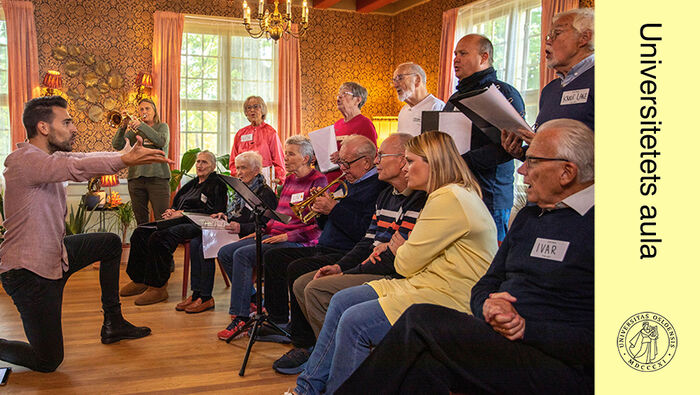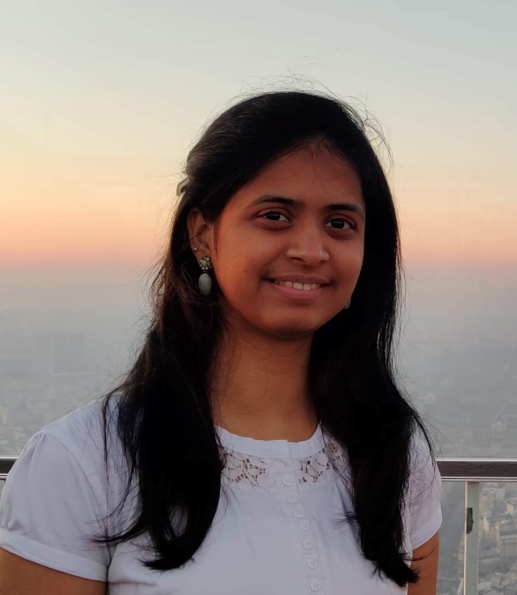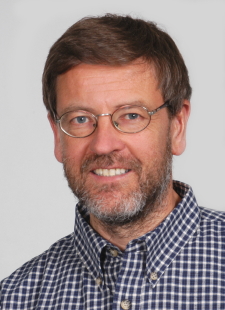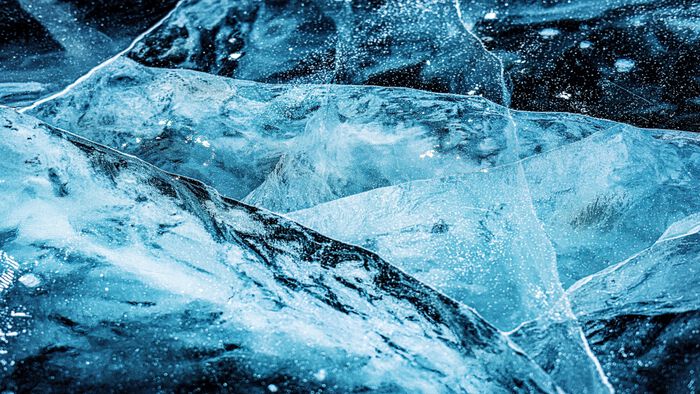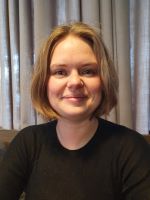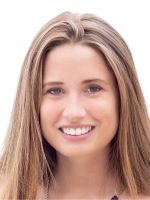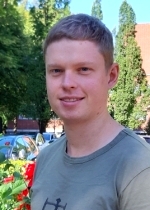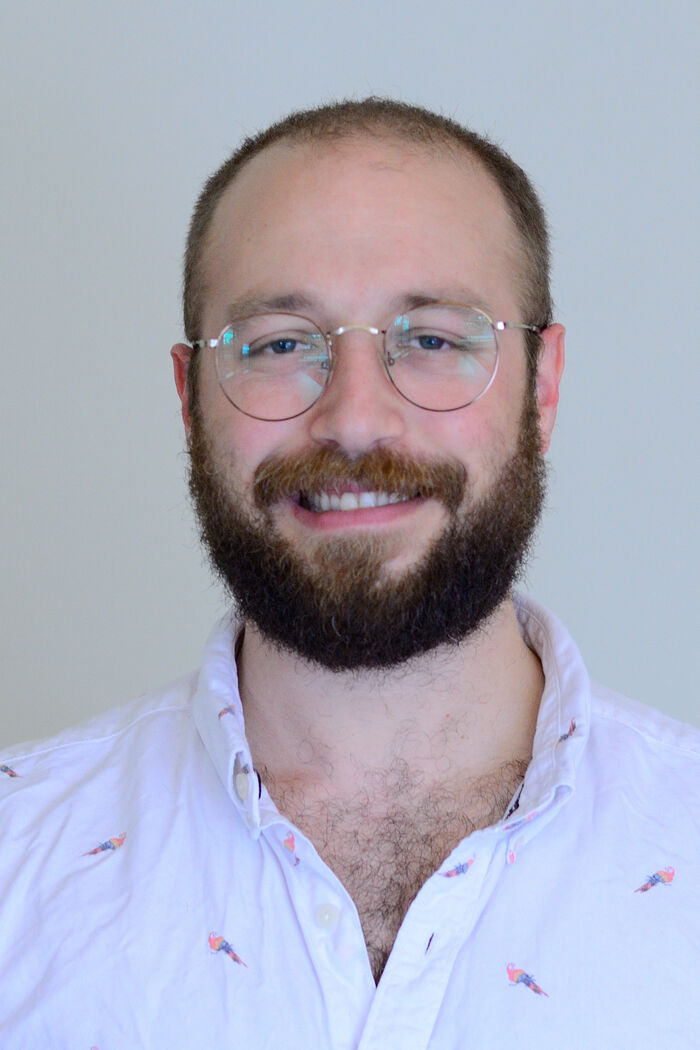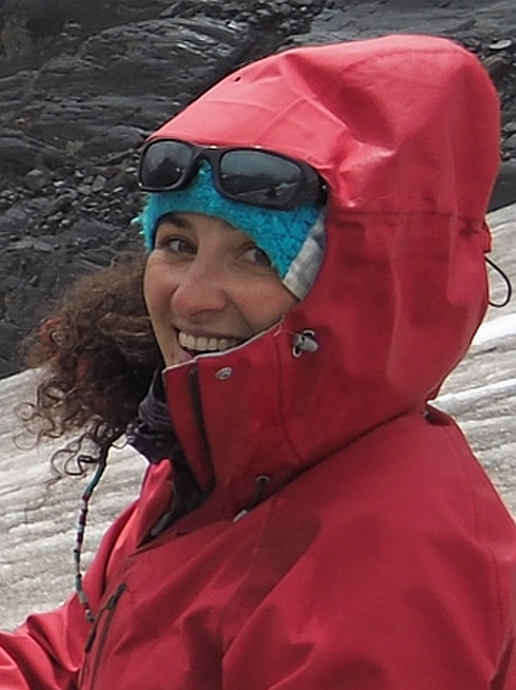Tidlegare arrangement - Side 34
Molecular Mechanisms of Muscle Hypertrophy The role of methyltransferases
Join PRIO and STK for a screening of the film Children of the Enemy and a panel discussion about the needs and rights of children born of war.
SPARK Europe Educational Forum are monthly open meetings organized by UiO:Life Science and SPARK Norway partners.
C*-algebra seminar by Gaute Schwartz (University of Oslo)
Feeding behaviour of Greater Flamingo (Phoenicopterus roseus) in Chelekleka wetland, Ethiopia.
Vidar Skogvoll, FI
Weekly Theory Seminar.
Norsk kjemisk selskap er stolt av å presentere Industry lecture 2023: “Fra forskning på uorganisk kjemi og materialkjemi til teknologiutvikling i norsk næringsliv”.
Blocking Protein Phosphatase 2Cm to prevent pancreatic cancer cell growth
Candidate: Vetle Ingeberg
Universitetet i Oslos menneskerettighetspris - Lisl og Leo Eitingers pris 2023 deles ut til programleder Ingrid Gjessing Linhave, dirigent Kim Wigaard og Demenskoret.
Ph.d.-kandidat Sneha Pandit, Det matematisk-naturvitenskapelige fakultet, vil forsvare avhandlingen "A new look at Solar-Stellar Activity with the Atacama Large Millimeter/submillimeter Array" for graden Philosophiae Doctor.
Late Lunch Talk by Linn Vassvik
Welcome to the extraordinary GEOHYD Lunch Seminar Tuesday 5th of December @ 11:15 in Aud. 1, Geology building, or via video link using Zoom. The seminar is held by Adrien Gilbert (University of Grenoble).
Vi blinker julen inn med julelys, julebrus og pepperkaker.
Michael Kirkedal Thomsen, Research Group for Programming Technology, and Maja Hanne Kirkeby, Roskilde University, Denmark, will present a seminar on the topic Measuring Energy Usage in Software and IT Systems: How We Can Help Future Programmers
We invite you to a two day seminar celebrating Nils Lid Hjort's significant and extensive contributions in statistics.
Seminaret undersøker kjønnede forestillinger fra polarområdenes kultur- og vitenskapshistorie gjennom presentasjoner og en panelsamtale.
Velkommen til UiO AFSecurity seminar om digital sikkerhet.
Doctoral candidate Frida Sveen Hempel at the Department of Chemistry, Faculty of Mathematics and Natural Sciences, is defending the thesis “Substituted Na-based Layered Tellurates: Synthesis, Local Structure and Na-Dynamics” for the degree of Philosophiae Doctor.
Doctoral candidate Benedicte Sverdrup Ofstad at the Department of Chemistry, Faculty of Mathematics and Natural Sciences, is defending the thesis “Time-domain quantum dynamics: Optical properties from time-dependent electronic-structure theory” for the degree of Philosophiae Doctor.
A peculiarity of nonlinear hyperbolic problems is that they must be interpreted as limits of second-order equations with vanishing viscosity. Despite not explicitly being present in the hyperbolic case, diffusion is needed, e. g., at discontinuities or to avoid the occurrence of nonphysical states. In the case of gas dynamics, for instance, dissipation corresponds to the production of thermodynamic entropy. To solve hyperbolic problems numerically, one needs to adapt these ideas to the discrete setting. Standard high-order methods, however, do not incorporate the appropriate amounts of artificial viscosity because these need to be chosen adaptively based on the solution. Among the high-resolution schemes capable of doing so are the recently proposed monolithic convex limiting (MCL) techniques [1] to be discussed in this talk. They offer a way to enforce physical admissibility, entropy stability, and discrete maximum principles for conservation laws. These methods can also be generalized to systems of balance laws in a well-balanced manner [2]. In addition to second-order finite element methods, extensions to high-order discontinuous Galerkin (DG) schemes shall also be presented [3]. Numerical examples for the so-called KPP problem, the nonconservative shallow water system, and the compressible Euler equations will be shown. An overview of MCL and other property-preserving methods can be found in our recently published book [4].
Duncan Watts, Postdoctoral Fellow at Institute of Theoretical Astrophysics, University of Oslo.
Ph.d.-kandidat Coline Lili Mathy Bouchayer ved Institutt for geofag, Det matematisk-naturvitenskapelige fakultet, vil forsvare avhandlingen Transient glacier dynamics and subglacial hydro-mechanical processes for graden Philosophiae Doctor.
We prove that (logarithmic, Nygaard completed) prismatic and (logarithmic) syntomic cohomology are representable in the category of logarithmic motives. As an application, we immediately obtain Gysin maps for prismatic and syntomic cohomology, and we precisely identify their cofibers. In the second part of the talk we develop a descent technique that we call saturated descent, inspired by the work of Niziol on log K-theory. Using this, we prove crystalline comparison theorems for log prismatic cohomology, log Segal conjectures and log analogues of the Breuil-Kisin prismatic cohomology, from which we get Gysin maps for the Ainf cohomology.

